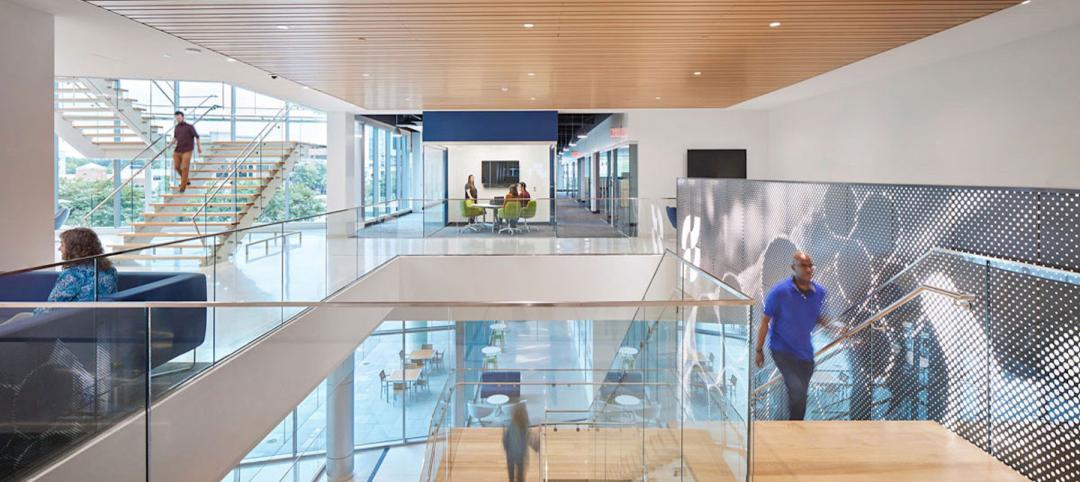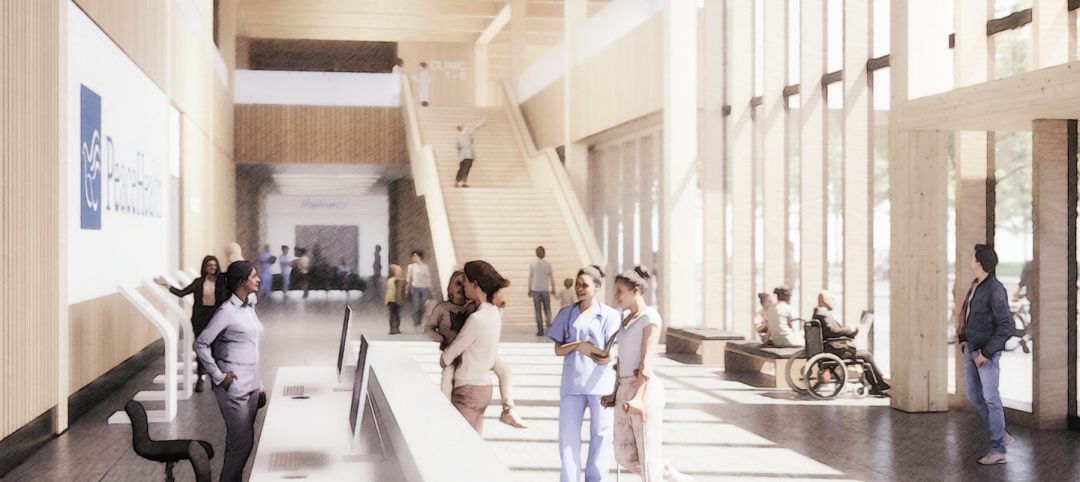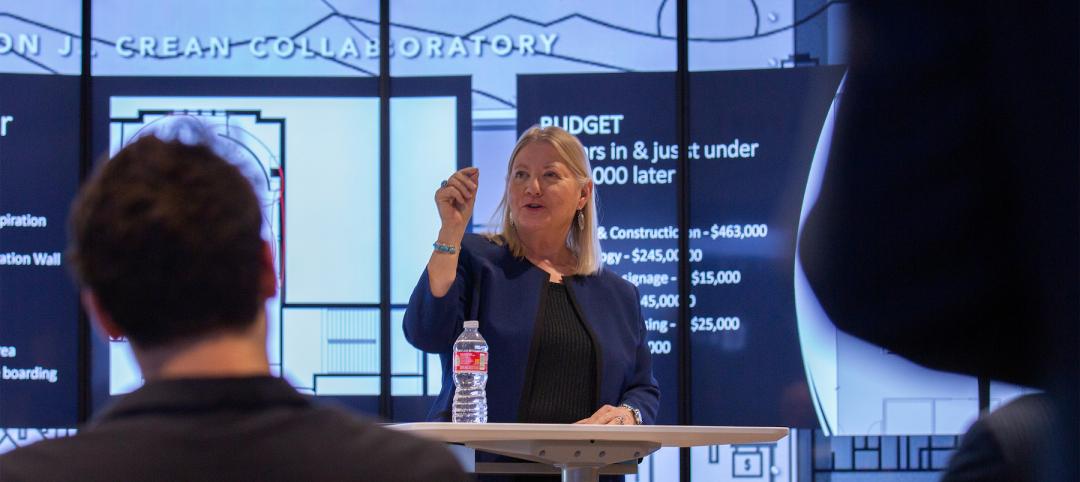The American Institute of Architects (AIA) has produced a report assessing the work of firms that are part of the AIA 2030 Commitment, a voluntary initiative to commit their practice to advancing the AIA’s goal of carbon-neutral buildings by the year 2030.
The key findings from the AIA 2030 2014 Progress Report include:
- 140 firms submitted reports – a 41% increase from 2013
- 2.4 billion gross square feet (GSF) represented in this data – a 50% increase YoY
- 4,354 projects have been accounted for in this report – a 78% increase
- 413 design projects are meeting the 60% carbon reduction target – a 3% increase
- 197 net-zero energy projects – a 270% increase
- 22% average firm reduction in Lighting Power Density for interior projects – a increase of 3%
- 34% average Predicted Energy Use Intensity reduction reported by firms – a decrease of 3%
- 11% of total GSF meeting the current 60% carbon reduction target – an increase of 4%
- 53% of total GSF using energy modeling to predict operational energy consumption – a 13% decrease
In order to make data reporting easier the AIA partnered with the Department of Energy to create the AIA 2030 Design Data Exchange (DDx), an online monitoring, reporting and research tool for architecture firms. See user feedback and access the tool here.
The AIA has also partnered with Architecture 2030 and AIA Seattle to launch an educational program aimed at providing AIA members and other design professionals with the high-performance building knowledge necessary to meet the 2030 Challenge targets.
Related Stories
Market Data | Jul 1, 2022
Nonresidential construction spending slightly dips in May, says ABC
National nonresidential construction spending was down by 0.6% in May, according to an Associated Builders and Contractors analysis of data published today by the U.S. Census Bureau.
Building Team | Jul 1, 2022
How to apply WELL for better design outcomes
The International WELL Building Institute (IWBI) cites attracting top talent, increasing productivity, and improving environmental, social or governance (ESG) performance as key outcomes of leveraging tools like their WELL Building Standard to develop healthier environments.
Building Team | Jul 1, 2022
Less portable potty, more movable restroom
Some contractors are packing up their portable potties and instead using the H3 Wellness Hub.
Market Data | Jun 30, 2022
Yardi Matrix releases new national rent growth forecast
Rents in most American cities continue to rise slightly each month, but are not duplicating the rapid escalation rates exhibited in 2021.
Headquarters | Jun 30, 2022
Lenovo to build its new global headquarters in Beijing
Washington, D.C.-based architecture and design firm CallisonRTKL has announced it will create the new global headquarters in Beijing for Lenovo Group, a Chinese multinational personal technology company.
Mass Timber | Jun 29, 2022
Mass timber competition: building to net-zero winning proposals
The 2022 Mass Timber Competition: Building to Net-Zero is a design competition to expand the use of mass timber in the United States by demonstrating its versatility across building types and its ability to reduce the carbon footprint of the built environment.
Laboratories | Jun 29, 2022
The "collaboratory" brings digital innovation to the classroom
The Collaboratory—a mix of collaboration and laboratory—is a networking center being designed at the University of Denver’s College of Business.
Airports | Jun 29, 2022
BIG and HOK’s winning design for Zurich airport’s new terminal
Two years ago, Zurich Airport, which opened in the 1950s, launched an international design competition to replace the aging Dock A—the airport’s largest dock.
Museums | Jun 28, 2022
The California Science Center breaks grounds on its Air and Space Center
The California Science Center—a hands-on science center in Los Angeles—recently broke ground on its Samuel Oschin Air and Space Center.
Contractors | Jun 27, 2022
Reverse mentorship: A model for the future of the construction workforce
Reverse mentorship can help seasoned professionals develop new skills, stay connected with younger generations, and gain future-forward insights for life and business.

















